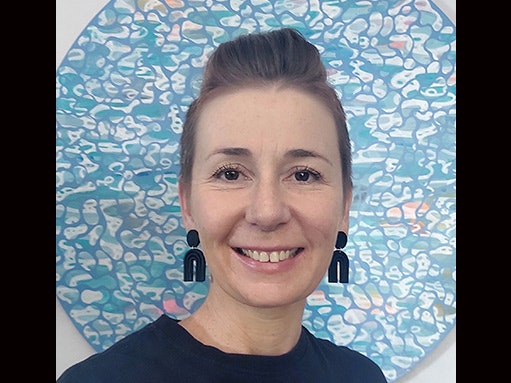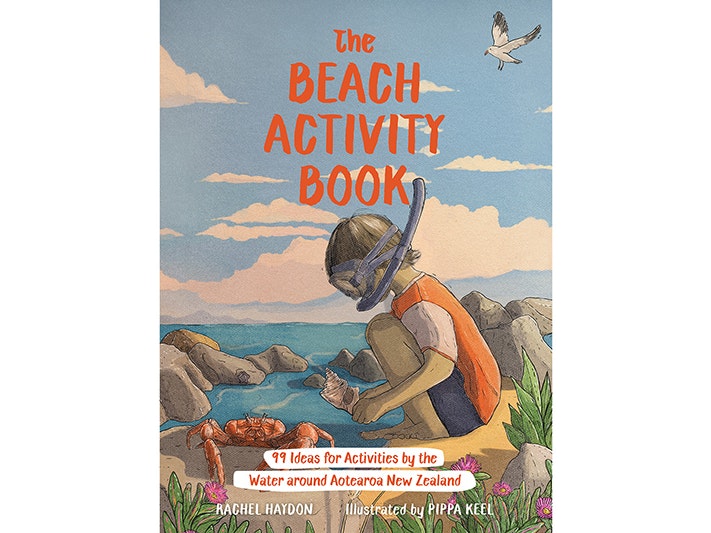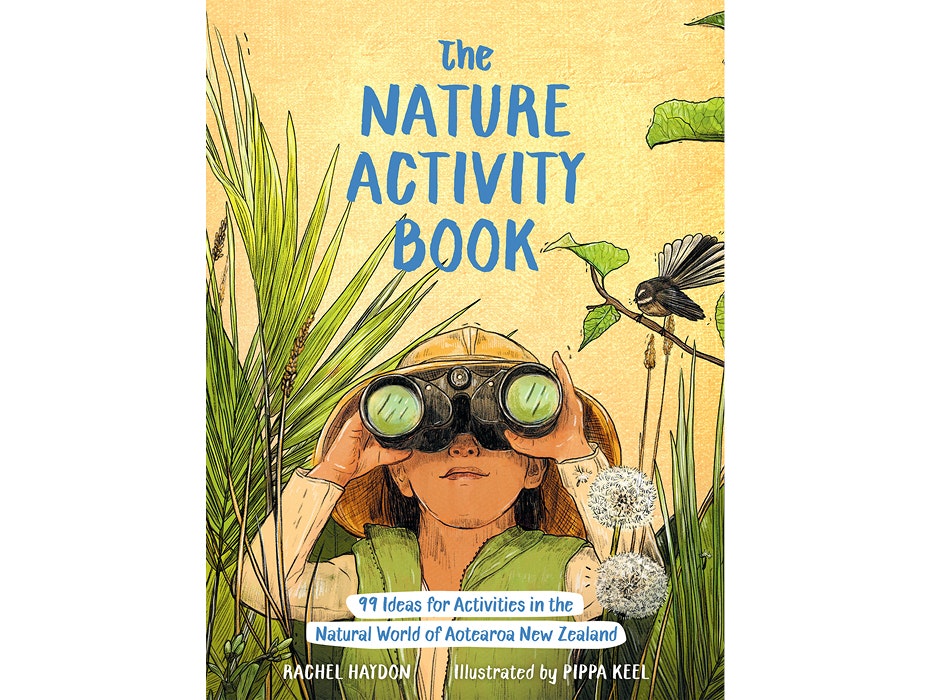
Q&A with Rachel Haydon, author of The Beach Activity Book
Rachel Haydon, author of The Beach Activity Book, discusses her work with Te Papa Press.
Rachel Haydon is a qualified primary school teacher and scientist with a zoology Bachelor’s degree and a Master’s in marine science. She has more than 18 years’ experience of teaching science to children of all ages in schools, museums, zoos, and aquariums around the world. She is the General Manager of the National Aquarium of New Zealand. Rachel is the author of the Nature Activity Book (Te Papa Press) and Kaewa the Kororā (Massey University Press). She is dedicated to motivating children of all ages to get outside and explore, connect with nature and have the best chance to protect the natural world and all that lives within it.
"This book is all about getting out there and experiencing the world – even if it’s simply exploring the edge of a puddle!" – Rachel Haydon
This is your second activity book with Te Papa. Tell us what you wanted to do differently with The Beach Activity Book.
I really wanted to focus on the wonder of water with The Beach Activity Book. It was an opportunity to focus on the sea and our rivers, lakes and even puddles. I want to encourage an appreciation of the life in and around these environments, in addition to considering water as a precious and important resource. Water can be incredibly calming to be around, but it also demands our attention in more extreme weather when it shows its awe-inspiring power.
The illustrations by Pippa Keel throughout this book are a delight. How do you work together?
She is, and continues to be, brilliant in every project we work on together! I generally make suggestions on the kind of thing I’m looking for with an activity, then she weaves her magic and brings it to life. She just ‘gets it’ and picks up on what I mean without me having to explain further. Whether it be a frame, a specific creature or a scene, I’m always astounded when the beautiful illustration drafts come through and she’s got it spot on.
Thinking of your photos in the book, it really looks like you and your whānau had a lot of fun trying out various activities?
We did – as we hope readers will too! We love spending time together out in nature and have loads of fun trying out the activities, even coming up with new ones on the spot. Favourites included a lot of laughs creating the ‘Forced perspectives’ pictures and we lost track of time creating ‘Recycled diversions’ – we ended up being at the river for hours!
Water Safety is an important theme in the book. How can encouraging kids to spend more time in and around the water add to their confidence?
By understanding more about the conditions and ‘signs’ of water and paying attention to and taking the time to read environments better. I think having a really healthy respect for the power of natural environments, particularly the power that water can have, adds to our enjoyment of these environments.
Your day job is as General Manager at the National Aquarium in Napier. How did that role help you in writing the book?
In my role at the National Aquarium, I get a chance to work with all sorts of fascinating people, from conservationists and scientists to divers and aquarists, educators and tourism operators and people with all sorts of diverse expertise. I was grateful that locally, support could be given to the Te ao Māori and mātauranga Māori content of the book by Kauwaka, an organisation supporting language and cultural revitalisation efforts within Ngāti Kahungunu. And I also get to see incredible aquatic wildlife everyday from freshwater and marine environments – not many other people get to say that!
Tell us more about the nature connectedness that underpins this book.
All The Beach Activity Book activities are underpinned by the concept of Nature Connectedness and aim to build or enrich our relationship with nature. Nature Connectedness is a concept that describes your relationship with the natural world, your emotional attachment to and beliefs about your inclusion within nature. It is really important for the uptake of all sorts of behaviours that have better outcomes for nature (such as recycling, planting trees, building bug hotels etc.). There are Five Pathways that build Nature Connectedness:
Contact (tuning in with your senses),
Emotion (feeling alive through the emotions nature encourages),
Beauty (noticing nature’s beauty),
Meaning (nature brings meaning in our lives), and
Compassion (caring and taking action for nature).
All the activities in the book have been developed with these five pathways in mind with a hope to build and strengthen readers’ relationship with nature.
Do you have a favourite waterside creature? Is there anything unique about it?
Nudibranchs! I cannot share enough about how much I love nudibranchs. They are sea slugs, and their name means ‘naked gills’ – describing the feathery gills that most have on their backs. They can be the most incredible colours and some even absorb toxins and chemicals from the things they eat, using them as a form of defence against predators. Research the beautiful clown nudibranch found in New Zealand (Ceratosoma amoenum) – you’ll see what I mean!
As well as the book being a sort of keepsake through the writing, drawing, and collecting activities, tell us about how readers can share their creativeness more widely.
There are many creative activities and adventures that readers may wish to share online – maybe even challenge friends and family members to do the same activities! We created the hashtag #BeachActivityBook so readers can share their creations online and connect with others.
Which of the activities are your favourites and why?
‘Pond, stream or lake dipping’: It’s just so much fun to see what you can find pond dipping, and it’s a chance to see so many incredible invertebrates and minibeasts that you wouldn’t believe lived there! Caddis fly larvae, mud snails, mosquito larvae and more – just fascinating, let alone the excitement if you find a tadpole!
‘In the zone – zonation!’: We love looking for patterns in the living world and what they mean, and the zonation on rocky shores is a great example. Watching the incoming and outgoing tides and how they change the rocky shore provides hours of entertainment. I marvel at the extremes that living things in this space have to contend with. One minute they’re underwater dealing with marine predators, next they’re in the baking sun, out of water, with land-based predators and birds trying their luck!
‘Wai-side kai’: We’ve had so much fun creating ‘food’ out of beach items and playing restaurants. Your only limit is your imagination and it’s a treasure hunt to see what you can find on the beach to use in your game.
What do you hope young readers will get from this book?
Fun! Whether it’s an activity readers do by themselves, or with friends and whānau, I hope they get lost in the moment. I hope they see water, environments, plants and animals in a new light and come up with more questions than they do answers. This book is all about getting out there and experiencing the world – even if it’s simply exploring the edge of a puddle!
You might also like


The Beach Activity Book: 99 Ideas for Activities by the Water around Aotearoa New Zealand
An engaging activity book for young New Zealanders and their families.

The Nature Activity Book
From experiments and observation to conservation and mindfulness, this activity-packed book stimulates curious minds. It encourages children to relate to the natural world and develop budding research skills.